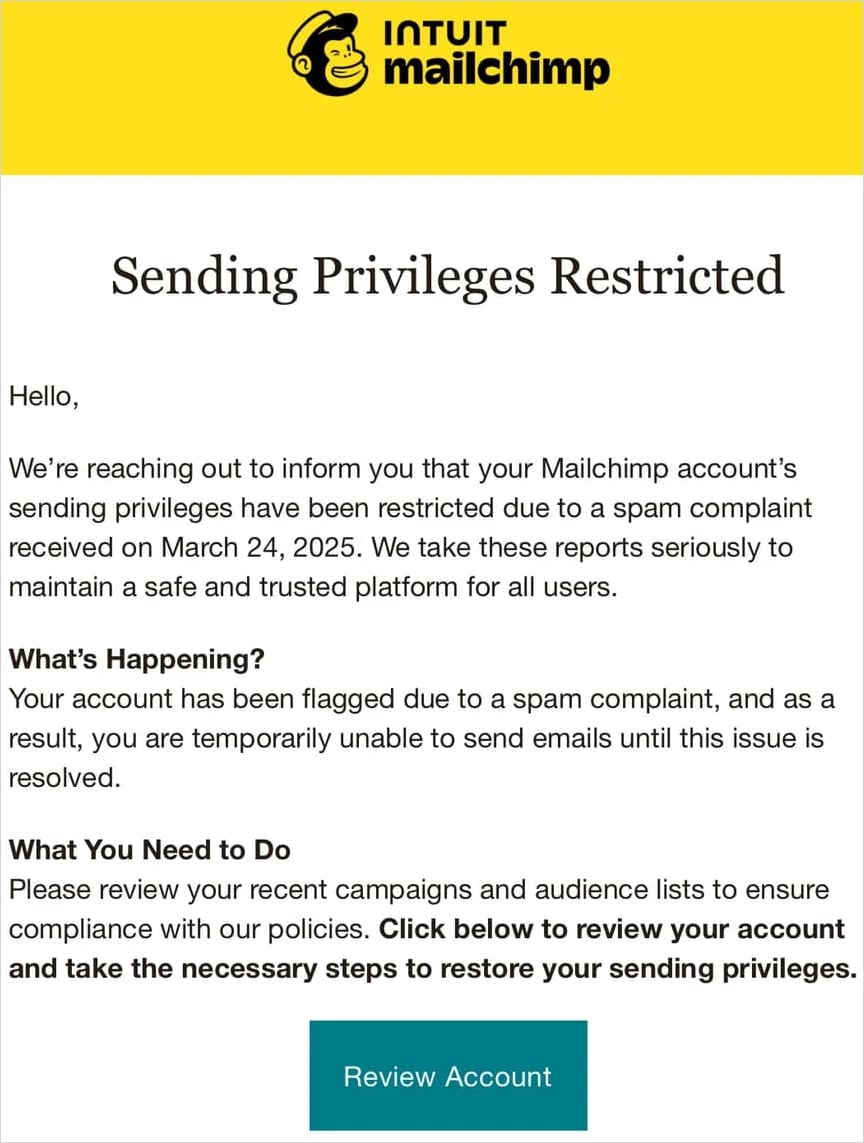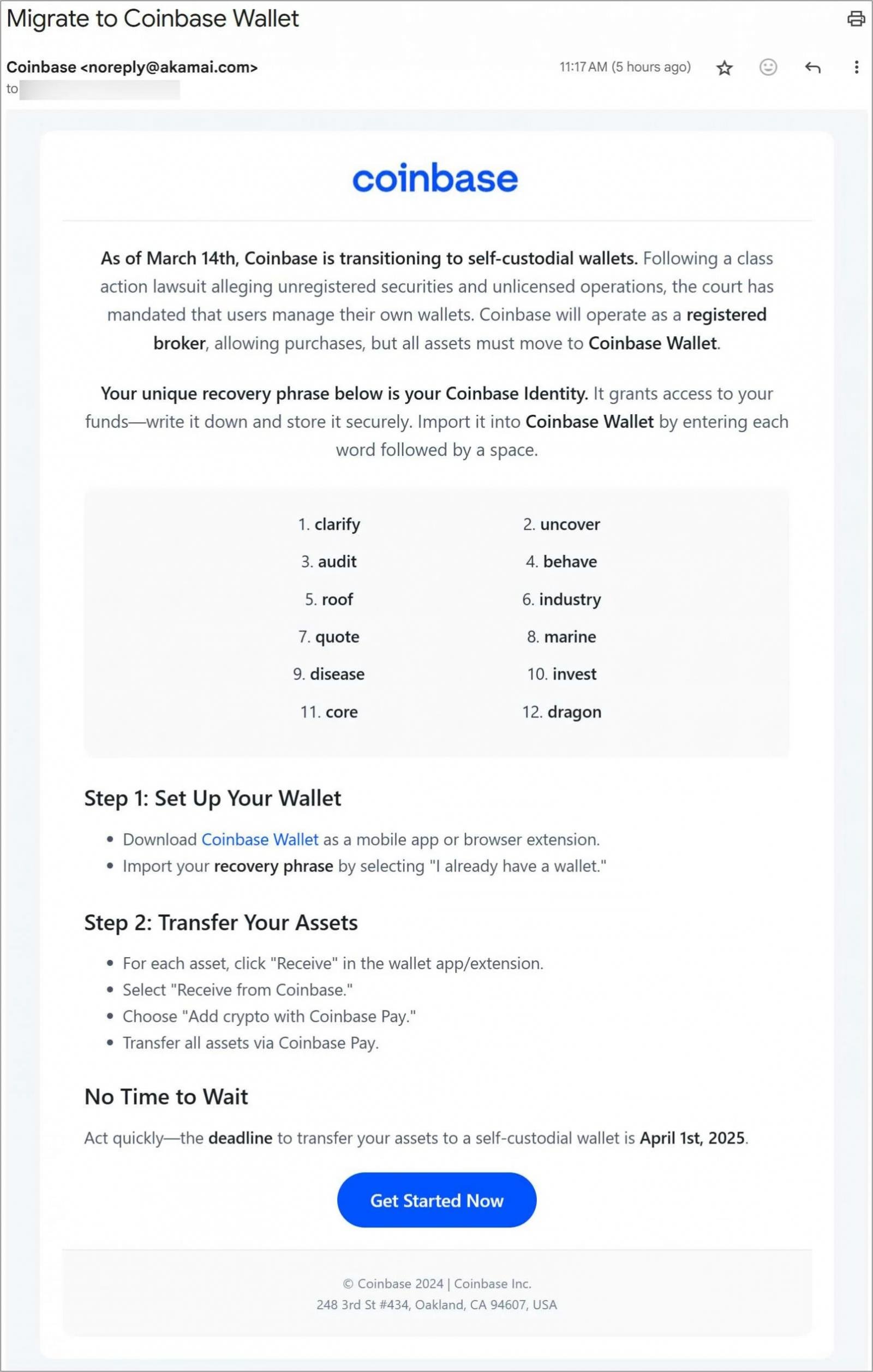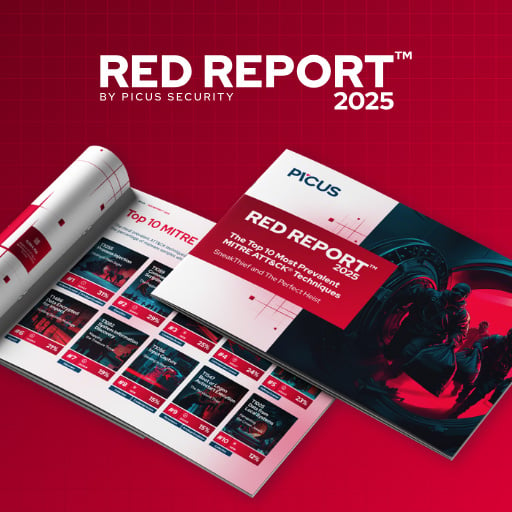


Overview of the PoisonSeed Phishing Campaign
The large-scale “PoisonSeed” phishing campaign is compromising corporate email marketing platforms, such as Mailchimp and SendGrid, to send dangerous emails that include crypto seed phrases aimed at draining unsuspecting users’ cryptocurrency wallets.
Key Targets and Methodology
Targeting notable companies like Coinbase and Ledger, the attackers manipulate compromised accounts to carry out their deceptive strategies. Recent hacks cited by credible sources reveal the sophisticated nature of these attacks, pointing to a broader issue of security vulnerability within digital communication infrastructures.
Unmasking the PoisonSeed Attack Chain
Understanding the execution phases of PoisonSeed reveals a calculated approach to phishing:
- Target Identification: The attackers pinpoint high-value targets who manage CRM and bulk email platforms.
- Phishing Execution: Victims receive meticulously crafted phishing emails from seemingly legitimate sources, guiding them to counterfeit login pages.
- Credential Theft: Once credentials are phished, attackers can hijack mailing lists and generate new API keys, maintaining access even after password resets.
For instance, domains deceitfully named to mimic Mailchimp services have been some of the primary sources of these attacks.
Notable Incidents and Similarities with Other Threats
While the PoisonSeed campaign aligns in tactics with groups like CryptoChameleon and Scattered Spider, unique coding variations mark its distinct footprint in the cyber threat landscape. This underscores the evolving complexity of digital threats facing users today.
Best Practices for Email Security
To counteract the risks posed by such intrusive attacks, users are advised to:
- Avoid urgent action based on unexpected email prompts.
- Independently verify the authenticity of any communication by directly logging into the concerned platform.
- Be vigilant about offers to transition or ‘upgrade’ wallet technologies, especially when they include handling seed phrases.
Recognizing phishing red flags and adhering to best security practices is paramount in protecting one’s digital assets from sophisticated threats like PoisonSeed.
Related: Australian Pension Funds Under Siege: Credential Stuffing Attacks Expose Flaws in
Last Updated: April 4, 2025




